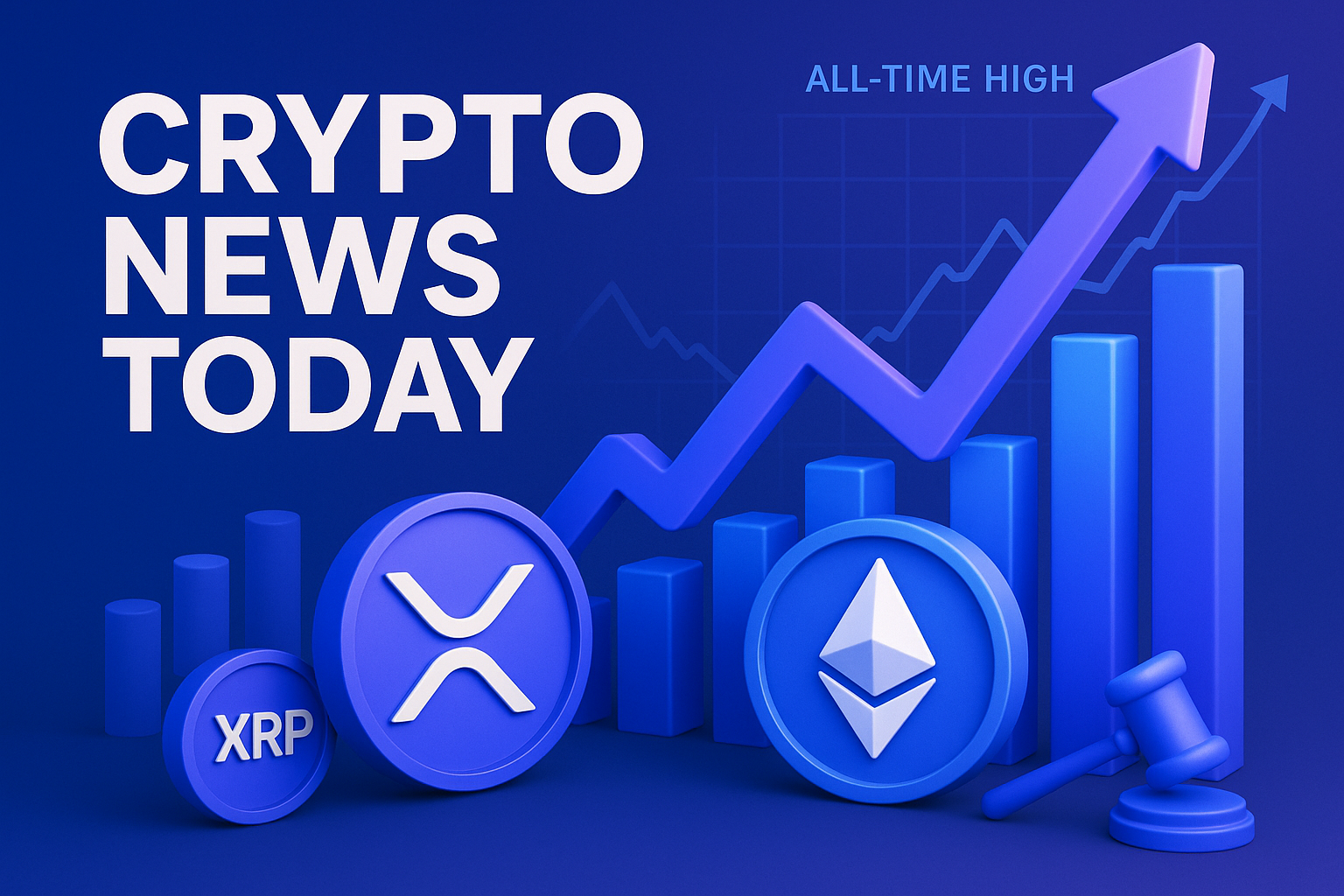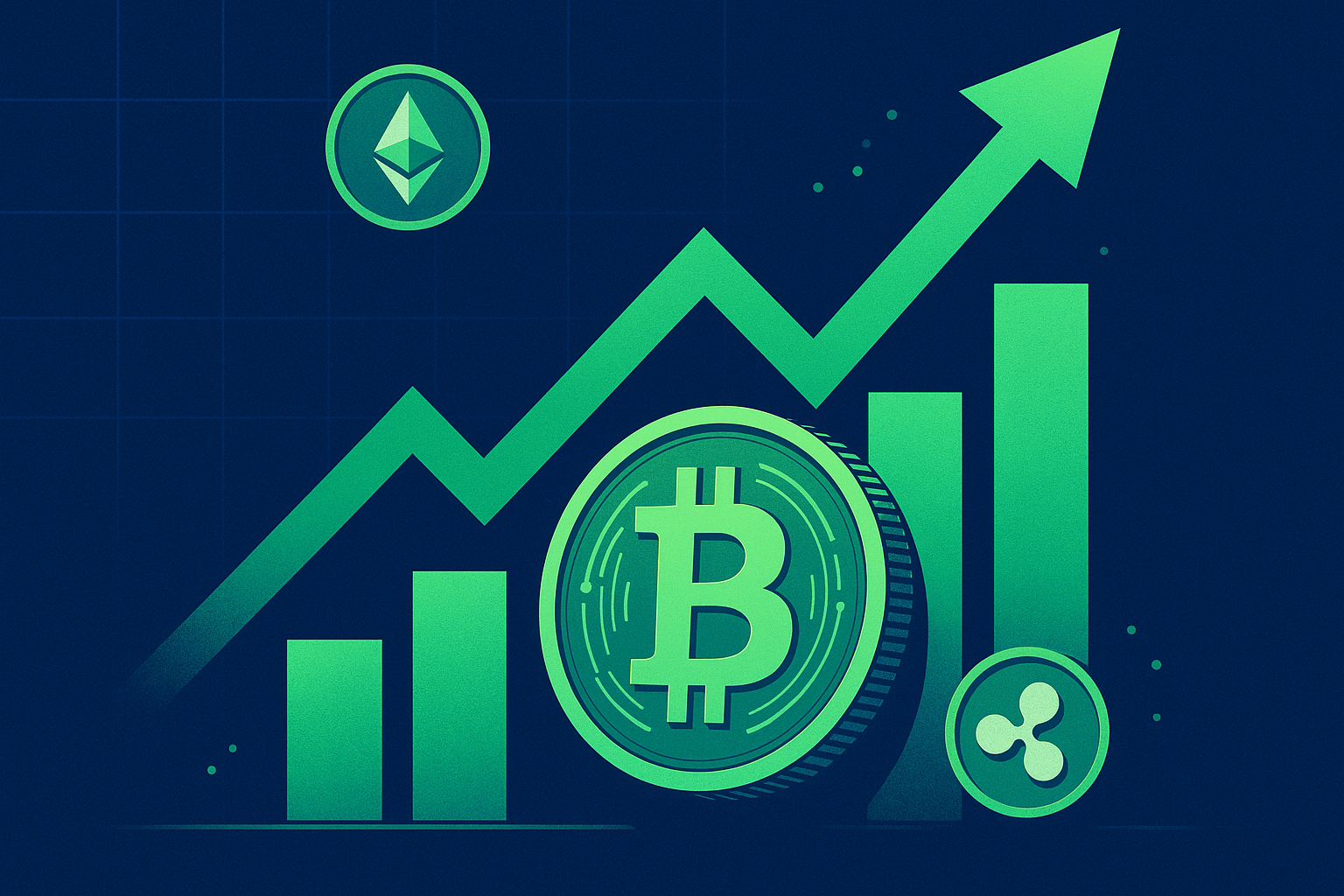I was sipping my third espresso at a cramped Brooklyn café when the press release pinged my inbox: “Digital Asset Raises $135 Million to Accelerate the Canton Network.” My knee-jerk reaction? Here we go again—another eye-popping raise for a blockchain nobody outside of Wall Street Telegram chats can fully explain. But something about the backers caught my eye: DRW Venture Capital, the VC arm of the famously secretive Chicago trading shop, and Tradeweb, the bond-trading behemoth quietly powering a trillion-dollar market. That combo felt… unusual. So I cleared the afternoon, opened half a dozen browser tabs, and started digging.
Wait, Digital Asset… aren’t they the “DAML people”?
If you’ve been around crypto Twitter long enough, you’ve probably heard of DA (Digital Asset) in passing—usually in threads about enterprise blockchains, permissioned ledgers, and other buzzwords most retail degens bounce off of. Founded back in 2014 by the ex-JPMorgan commodities whiz Blythe Masters, the company’s public profile has always felt more TradFi than degen.
Their flagship product is DAML, a smart-contract language designed to keep the big banks compliant while still letting them play with distributed ledgers. Think of it as Solidity’s buttoned-up cousin who went to law school. For years, DA’s pitch was, “We’re not trying to replace the financial system; we’re trying to upgrade it from the inside.” Fair enough—yet most of us assumed they were stuck in endless pilot programs, the kind that start with champagne in Davos and end with a dusty PDF on someone’s SharePoint.
Now here’s the interesting part—what is the Canton Network, really?
DA claims Canton is a privacy-preserving, interoperable blockchain where different institutions can run separate sub-ledgers but still transact atomically. Translation: Goldman can keep client trades private, BNP Paribas can do its own thing, yet both can settle a cross-border repo in seconds without blasting sensitive data across a public chain.
Technical footnote: Under the hood, Canton batches transactions with zero-knowledge-style proofs and runs on a Byzantine Fault Tolerant consensus model reminiscent of Tendermint, but with nodes whitelisted by KYC’d institutions. I found references to Merkleized state compression in their GitHub, but files are gated—so independent code review is tough. That alone makes me raise an eyebrow.
Follow the money—DRW and Tradeweb’s quiet motives
We know DRW loves optionality. They were early into Bitcoin futures on CME, and rumor has it they cleared north of eight figures during last year’s basis trade bonanza. Backing Canton could give DRW a seat at the table when OTC derivatives finally migrate on-chain. Think about the spreads on a $600 trillion notional swaps market. Even shaving one basis point is a goldmine.
Tradeweb, on the other hand, owns the pipes for U.S. Treasuries, mortgages, interest-rate swaps—you name it. Their 2022 volume hit $1.2 trillion per day. So if Canton can settle bilaterals in near-real time, Tradeweb keeps its relevance while reducing settlement risk. They’re basically buying an insurance policy against being “Kodaked” by DeFi rails.
But $135 million—where does it go?
According to a person familiar with the term sheet (yeah, I hate that phrase too, but this source is solid), the raise is priced like a growth round: no down-round haircut from last year’s $2 billion valuation. About $90 million is earmarked for protocol R&D—mostly cryptography hires and DAML tooling. Another $25 million goes to regulatory lobbying and “ecosystem grants,” i.e., golden handcuffs for the Big Four consultancies who’ll drag every bank onto Canton for $500/hour. The remaining $20 million? Rumor is it’s a warchest for small acquisitions—think specialist security-audit shops and maybe a niche ZK-startup or two.
Is this actually crypto—or just enterprise software with a blockchain sticker?
That question kept nagging me, so I DM’d a couple heavyweights.
“Look, Canton’s architecture doesn’t need a token, so it’s not going to pump,”one Ethereum core dev told me. He asked to stay anonymous because he freelances for a DA competitor.
“But if they really nail settlement finality across jurisdictions, it’s game over for half the public-chain L2 narratives.”
It’s a fair point. Canton won’t have a ticker on Binance, and you can’t farm APY with it—at least not yet. So retail might shrug. But if the goal is to make trillions of dollars of TradFi plumbing instantaneous, a speculative token might actually be a distraction.
What about competitors like R3’s Corda and Hyperledger Besu?
R3 Corda: Once the darling of consortium blockchains, Corda struggled to scale beyond sandbox pilots. Their biggest win was the DTCC’s Project Ion, but even that’s stuck in calculated “parallel production.” Sources tell me some Corda nodes still run on Java 8 VM—yikes.
Hyperledger Besu/Fabric: Open source, yes, but they suffer from governance paralysis. Ever tried submitting a patch to Fabric? It’s like the DMV with better coffee.
Canton’s secret sauce appears to be the interoperability layer, enabling cross-application settlement without forcing every institution to be on the same chain instance. If they pull that off, they leapfrog the “multi-chain vs side-chain” debate and go straight to many-private-chains, one-coordinated-settlement-layer.
Where does this leave the public-chain true believers?
If Ethereum 2.0 is the global settlement layer for the open internet, Canton is aiming to be the walled garden settlement layer for regulated finance. They’re not mutually exclusive, but they will compete for mindshare. Consider that Citi, Goldman, and BNP Paribas were already part of a 15-bank Canton pilot involving tokenized sovereign bonds last September. Those test trades cleared in under 30 seconds, according to internal docs I saw (no, I can’t publish them, sorry—metadata would doxx the source).
My hot take: The biggest risk to Ethereum isn’t Solana’s blistering TPS; it’s private settlement networks backed by incumbents who control the fiat on-off ramps. If Canton embeds itself into SWIFT gpi flows, DeFi might find the liquidity gates narrower than we hope.
Any skeletons in the closet?
Let’s talk governance. DA’s board now includes DRW’s Kim Trautmann and Tradeweb’s Billy Hult. That’s two heavy hitters who care about P&L first, decentralization second. There’s also the question of data sovereignty. Canton promises “privacy by design,” but it still relies on node operators being honest. If DRW and Tradeweb collectively own a large slice of governance nodes, do we just end up with another Too-Big-to-Fail clearinghouse?
And then there’s the patent moat. DA already holds over 45 patents related to deterministic smart contracts and privacy layering. Remember what happened when Ripple started flexing its IP portfolio in 2019? Yeah, lawsuits galore. DA swears they’ll open-source “core components,” but color me skeptical until the Apache-licensed code is live on GitHub with a reproducible build path.
A random tangent that might not be random
While researching, I stumbled on a tiny footnote in a BIS working paper about cross-border CBDC settlement corridors. Guess which tech stack was cited as compliant with both ISO 20022 and MiCA’s proposed data-segregation standard? Yup—Canton. If central-bank digital currencies go live on a network partially controlled by a private company, we’re entering uncharted regulatory territory. The idea of a de facto CBDC middleware monopoly should concern anyone who values exit ramps.
So what’s the play for retail investors who can’t touch Canton equity?
Follow the second-order effects. If Canton succeeds, demand for on-chain treasury management tools will skyrocket. Watch names like Circle (USDC liquidity), Fireblocks (institutional custody), and even aging giants like Broadridge. Conversely, public-chain L2s pitching themselves as “institutional grade” may face tougher fundraising.
Pulling it all together—my prediction
Numbers time. DA now sits on roughly $235 million in total funding. If they burn $50 million a year—a conservative estimate given 300 employees and pricey cryptographers—that’s a four-year runway before another raise. My bet? Canton will attempt a go-live with at least five production-grade banking apps by Q2 2025. If they nail that milestone, we’ll see an IPO or, more likely, a strategic takeover by a market-infra giant—think ICE or CME Group—in the $4-6 billion range. Miss the milestone, and they risk becoming another enterprise-chain footnote.
Either way, keep your popcorn handy. This is one of those under-the-radar moves that could redraw the map faster than you can say “permissioned fork.”



